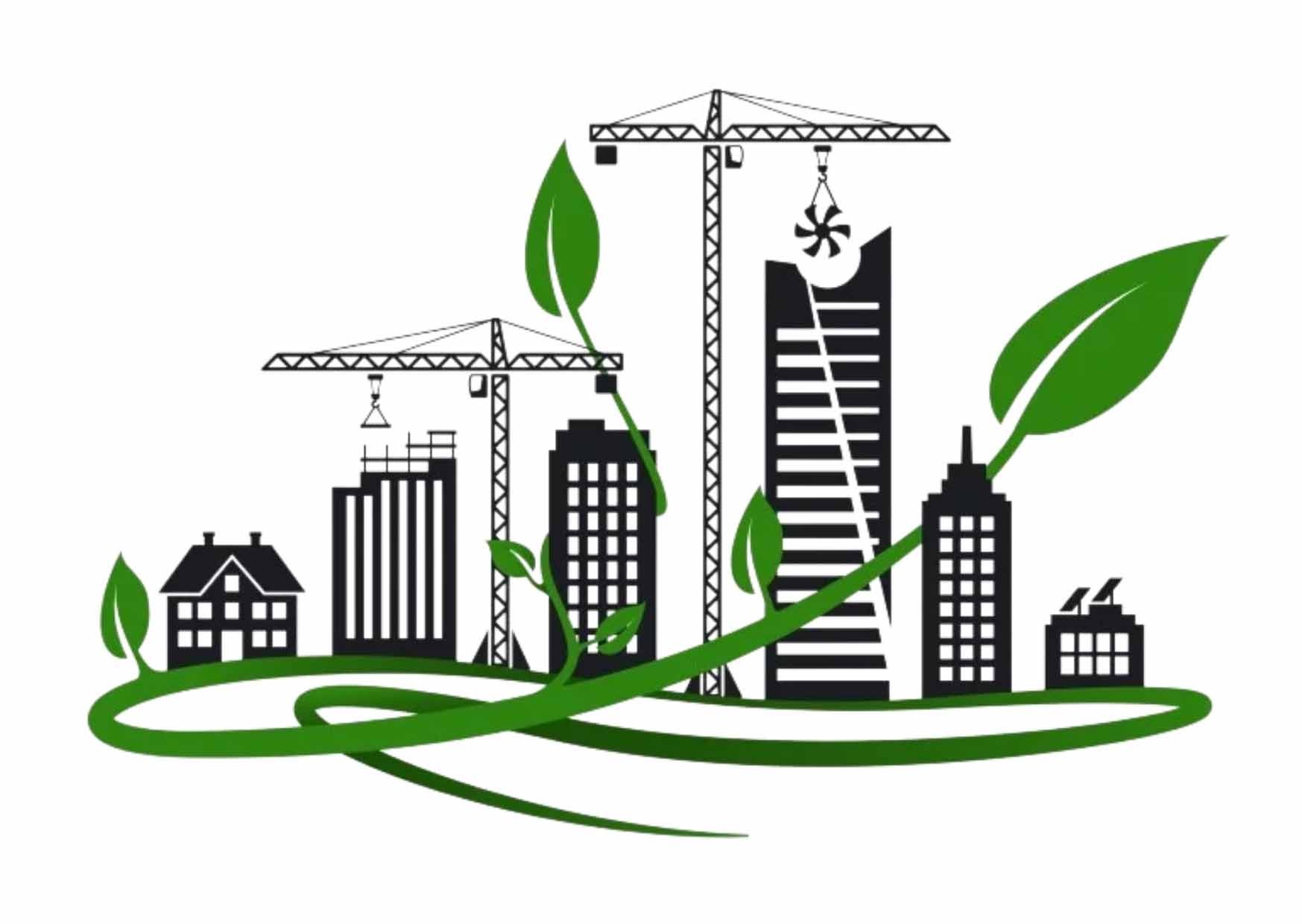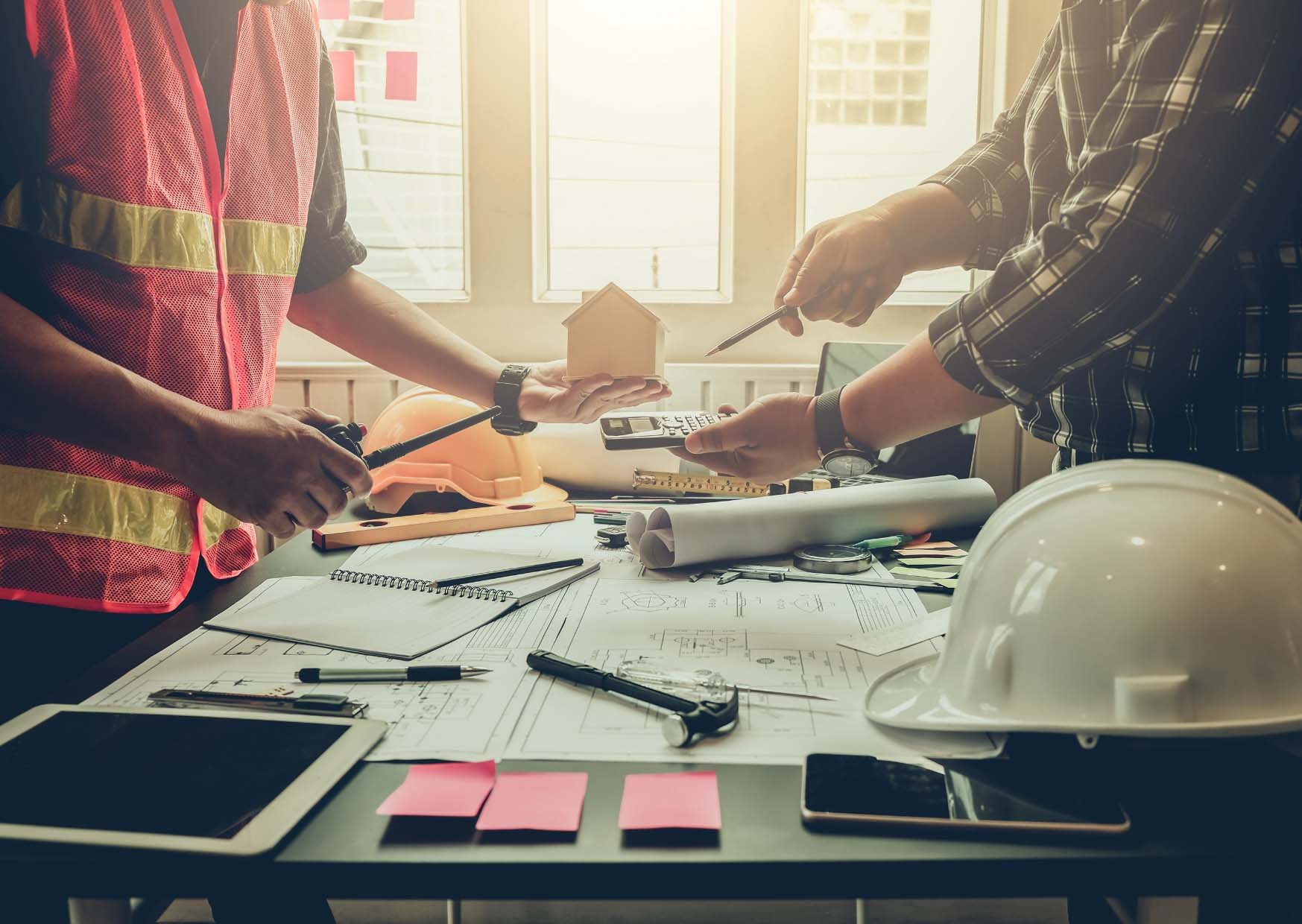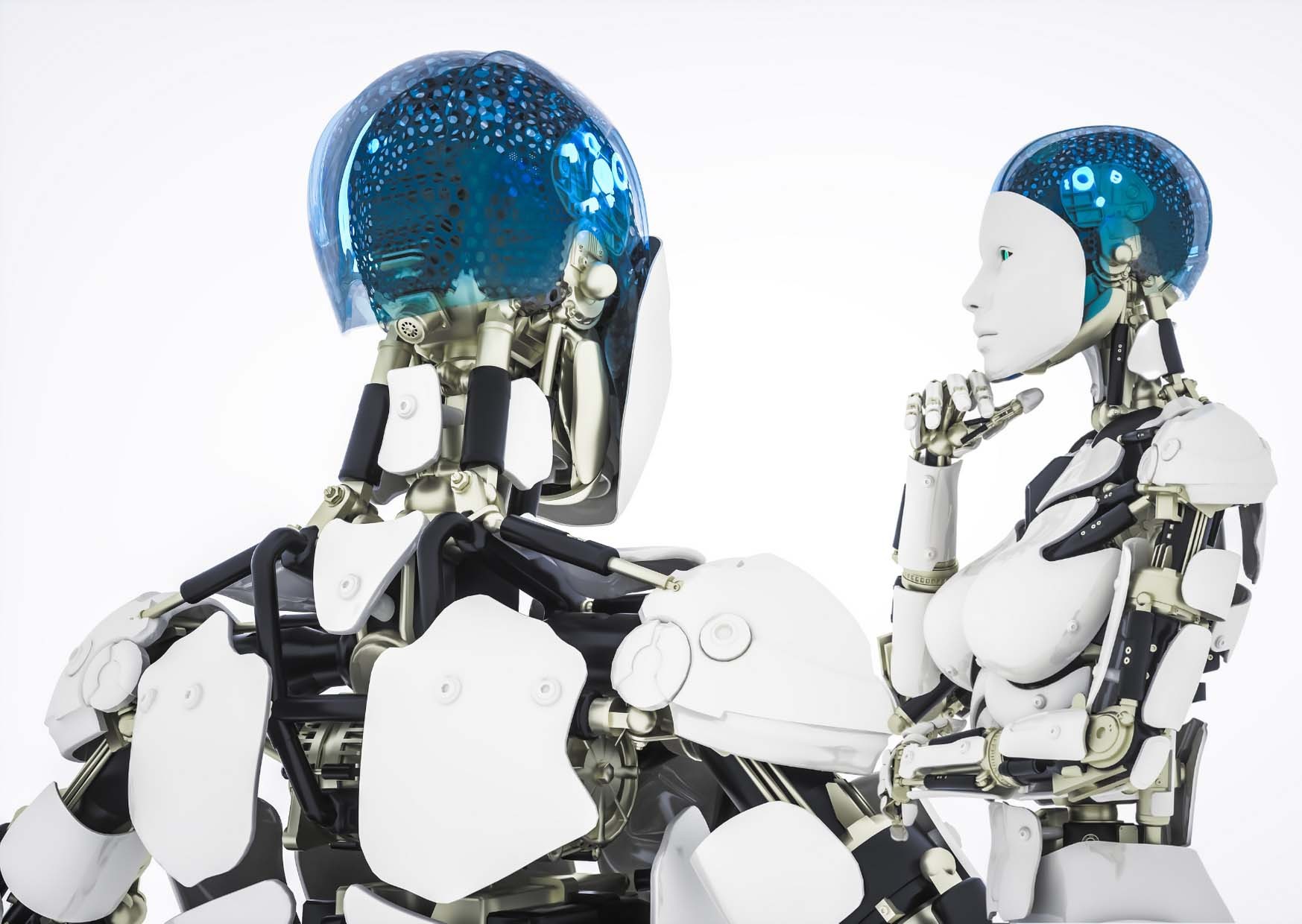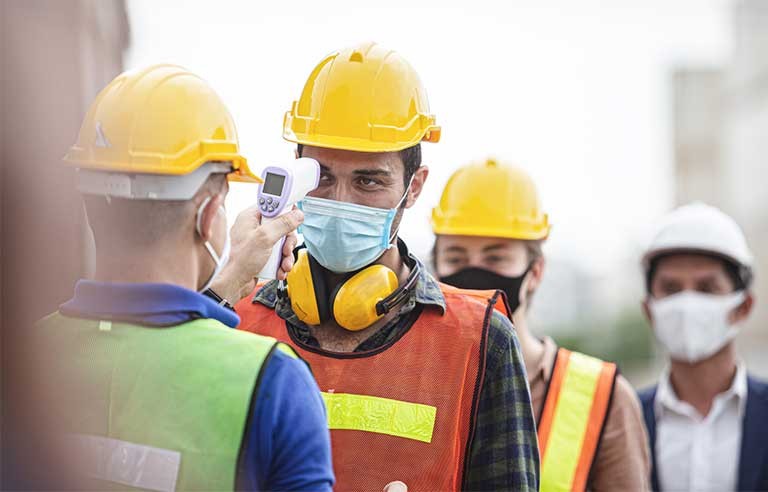
It’s no surprise that green buildings continue to grow in popularity, with our society’s increasing concern for the environment. From residential structures to corporate facilities, sustainable architects are discovering new ways to preserve our ecosystem while reducing our carbon footprint.
Eco-friendly construction involves the use of materials and processes that are resource-efficient and environmentally responsible throughout the life cycle of a building. Often dismissed as being too costly, these days green buildings are seeing a surge in popularity due to the many advantages they possess over traditional buildings that range from environmental to social to economic. This article discusses the 8 reasons why you shouldn’t shy away from using eco-friendly construction companies when building your facility.
1. Low Maintenance and Operation Cost
Unique construction features are showcased in green buildings, that ensure the efficient use of resources such as water and energy (sunlight). For example, green buildings vastly reduce the amount of power used in lighting systems by using task lighting strategy with a lot of daylight at windows in place, saving a third of their energy bills. Given that operating and maintenance costs can account for as much as 80% of the lifetime costs of a building, reducing such costs can significantly increase the profits of building owners. Even though constructing a green building may be more expensive than regular ones, the reduced operation and maintenance costs of green buildings make them much cheaper in the long run.
Simply put, project management ensures that successful completion of a number of different processes, while project control makes sure those projects actually head in the right direction (to be classed as “successful”). It ensures projects are done correctly and the right projects are chosen in the first place.
2. Energy Efficiency
Architects who design green buildings try as much as possible to reduce the dependency on energy from nonrenewable sources like coal for electricity. In efforts to end this and reduce the usage of artificial lighting, solar panels are installed to make use of the energy from the sun, as well as windows that are designed in strategic places to allow as much natural light in as possible. These and other methods ensure that the building uses energy in an efficient manner. This is essential not only for the use of those living in these buildings, but for the entire world because non-renewable energy sources are increasing in price and pollute the environment.
3. Enhances Indoor Environment Quality
The term “indoor environmental quality” represents a domain that encompasses diverse sub-domains that affect the human life inside a building. It depends on the conditions inside a building and how they affect the occupants of the building. These conditions include lighting, ergonomics, thermal conditions and air quality. Good indoor environment quality is one that protects the health of the building's occupants, reduces stress and improves their quality of life. This is achievable as green buildings have operable windows installed to allow as much sunlight in as possible and reduce the use of materials that may emit elements that are dangerous to health.
4. Water Efficiency
Water efficiency is reducing water wastage by measuring the amount of water required for a particular purpose and the amount of water used or delivered. It involves using water resources in a manner that saves water and ensures that the future generations enjoy the same privilege we have to a reliable supply of clean water. Green building allows for the use of alternative sources of water such as rainwater, reducing water waste through the installation of plumbing fixtures that are efficient and reducing the strain on shared water resources by installing systems that purify water and enable recycling.
5. Better Health
Those who live in green buildings enjoy an increasing amount of health benefits of the safety of materials used in construction of such buildings. For example, eco-friendly construction companies avoid using plastic byproducts that have been found to release toxic materials. Toxic substances like carcinogens not only cause significant breathing difficulties but also increase the chances of getting cancer. Moreover, buildings which are facilitated by green features provide a clean and more comfortable internal environment for their occupants. Better ventilation and higher indoor air quality are the features that influence people for the better in green buildings.
6. Material Efficiency
Material efficiency involves the use of physical processes and materials in a manner that allows for the minimum use of materials without compromising the quality of the outcome -also, the process should generate as little waste as possible. To achieve material efficiency, green building companies use materials that are long lasting, recycled and reused to design buildings in a manner that allow for the use of fewer materials and employ processes that use less water, raw materials and energy. All these help achieve material efficiency.
7. Better Environment
Green buildings can not only reduce or eliminate negative impacts on the environment, by using less water, energy or natural resources, but they can - in many cases - have a positive impact on the environment (at the building or city scales) by generating their own energy or increasing biodiversity. By reducing usage of energy sources that pollute the environment such as coal, green buildings contribute to keeping the environment clean, In addition by reducing the levels of Carbon (IV) Oxide emitted to the atmosphere, they help to lessen the pace of climate change.
8. Reduces Strain on Local Resources
Locally shared resources such as water and energy come under considerable pressure as the world population increases. Through the use of new technologies and processes, that increase water and energy efficiency, green buildings can reduce this strain. An example of these new technologies includes green insulation. The green insulation has proven to be a sustainable construction technology as it eliminates the need for high-end finishes made from non-renewable materials. In other words, green insulation utilizes recycled material to line the walls. Cool roofs are also one of the sustainable green design technologies that aim at reflecting heat and sunlight away. It helps in keeping homes and buildings at the standard room temperatures by lowering heat absorption and thermal emittance.
Start an eco-friendly construction project today!
As these benefits of green buildings show, it is possible for human beings to effectively meet all their present needs without depleting resources and endangering the environment in a manner that makes it difficult for future generations to survive comfortably. Eco-friendly buildings use unique construction techniques that ensure that resources are used efficiently and responsibly while not compromising on the user’s health and comfort.





























